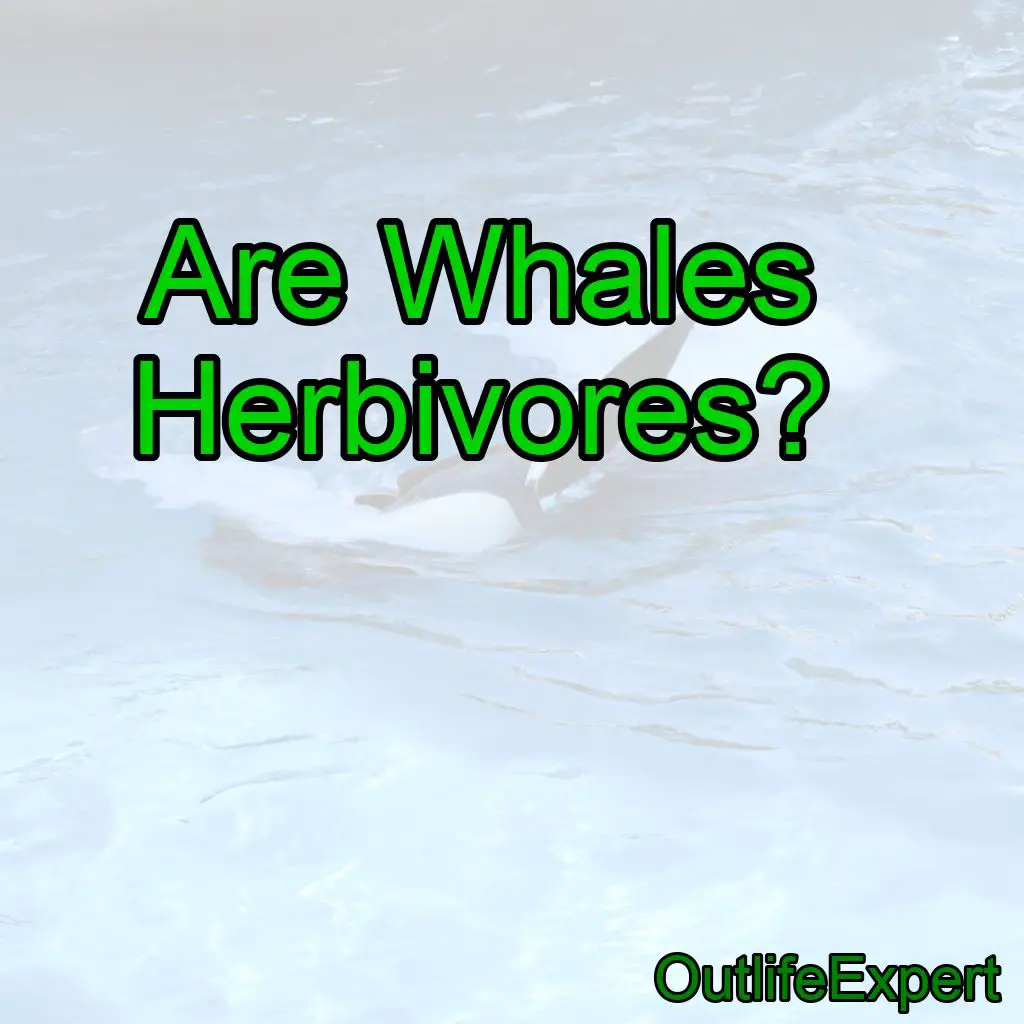No, whales are not herbivores. They belong to a group called cetaceans, which includes both toothed and baleen whales.
Toothed whales, such as orcas and dolphins, primarily consume fish and marine mammals, while baleen whales, such as humpbacks and blue whales, are filter feeders that consume large amounts of tiny zooplankton, including krill and copepods.
As a marine biologist, I’ve had the opportunity to study whales extensively and observe them in their natural habitats. Throughout this blog post, I will discuss the various diets of different whale species, how they feed, and the importance of their feeding habits in the marine ecosystem.
Contents
Toothed Whales: Predators of the Sea
Orcas: The Apex Predator
Orcas, or killer whales, are the largest of the toothed whales and are considered the apex predator of the ocean. They are known to consume a wide variety of prey, ranging from fish such as salmon and herring to marine mammals like seals, sea lions, and even other whales. Orcas have a complex social structure and often work together in pods to hunt and capture their prey.
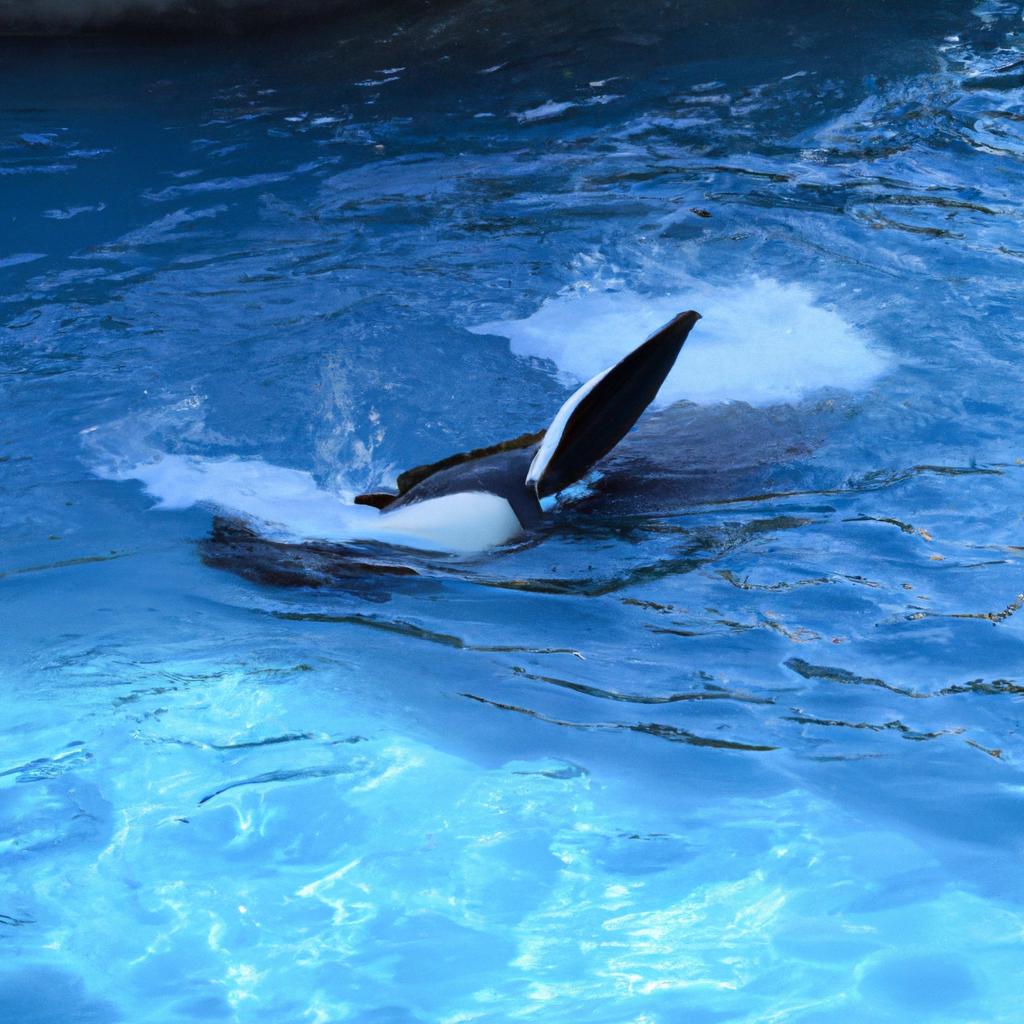
Dolphins and Porpoises: Agile Fish Hunters
Dolphins and porpoises, while smaller than orcas, are also skilled predators. They primarily consume fish, squid, and occasionally, crustaceans. Dolphins often use cooperative hunting strategies such as herding fish into tight schools, making it easier for them to pick off individual prey. They are also known to use echolocation to locate and track their prey.
Baleen Whales: Filter Feeders of the Deep
Humpback Whales: Lunge Feeding Specialists
Humpback whales are known for their acrobatic displays and beautiful songs, but they are also efficient feeders. They are baleen whales, meaning they have specialized plates of keratin (the same material found in our hair and nails) hanging from their upper jaw instead of teeth. Humpbacks use a feeding technique called lunge feeding, in which they accelerate towards a dense patch of prey, often krill or small fish, with their mouth open wide. As they close their mouth, water is filtered out through the baleen plates, and prey is trapped inside to be swallowed.
Blue Whales: The Biggest Eaters on Earth
Blue whales are the largest animals ever to have lived on our planet, and their feeding habits are just as impressive. They are also baleen whales, and their primary food source is krill, a small, shrimp-like crustacean.
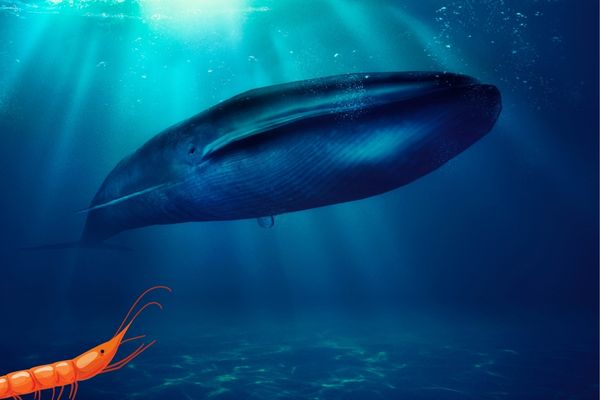
Blue whales consume enormous amounts of krill – up to 8,000 pounds in a single day! They feed by taking huge gulps of water containing krill and then filtering the water out through their baleen plates.
Gray Whales: The Bottom Feeders
Gray whales, another baleen whale species, have a unique feeding technique. They are known as bottom feeders, as they feed on small crustaceans and other organisms found in the sediment on the ocean floor. Gray whales dive down to the seafloor, roll onto their side, and suck in mouthfuls of sediment and water. The sediment and water are then filtered through their baleen plates, leaving behind their prey to be swallowed.
Sperm Whales: Deep Divers in Search of Squid
Sperm whales, the largest of the toothed whales (excluding orcas), are known for their incredible diving abilities. They dive to depths of up to 3,280 feet in search of their primary prey, squid. Sperm whales are equipped with large, conical teeth in their lower jaw, which they use to capture and hold onto their slippery prey.
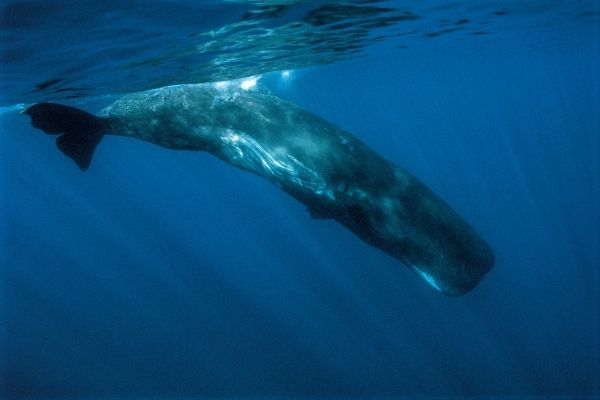
Baleen vs. Toothed Whales: Differences in Feeding Strategies
While both baleen and toothed whales are carnivorous, their feeding strategies differ significantly. Baleen whales are filter feeders that consume vast quantities of small prey, while toothed whales are active predators that hunt and capture larger prey items. These different feeding strategies allow whales to occupy different niches within the marine ecosystem, reducing competition for resources.
The Importance of Whales in the Marine Ecosystem
Whales play a crucial role in maintaining the health and balance of the marine ecosystem. As they consume large amounts of prey, they help to regulate populations of various species and maintain the food web.
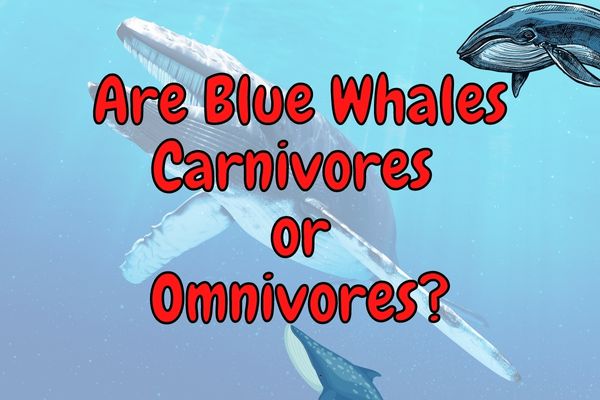
Additionally, when whales dive and feed in deep waters, they bring essential nutrients to the surface through a process known as nutrient cycling. This helps support the growth of phytoplankton, which forms the base of the marine food web and provides a critical food source for many marine species.
Conclusion: Whales Are Carnivorous, Not Herbivorous
In conclusion, whales are not herbivores. They are carnivorous creatures that occupy various positions in the marine food web. Here are ten fascinating facts about whales and their feeding habits:
1. Whales are not herbivores; they are carnivores.
2. There are two main groups of whales: toothed whales and baleen whales.
3. Toothed whales, such as orcas, dolphins, and sperm whales, are active predators that hunt and capture larger prey items.
4. Baleen whales, such as humpbacks, blue whales, and gray whales, are filter feeders that consume vast quantities of small prey.
5. Orcas are the apex predators of the ocean and have a diverse diet, including fish and marine mammals.
6. Blue whales can consume up to 8,000 pounds of krill in a single day.
7. Gray whales are bottom feeders that feed on small crustaceans found in the ocean floor sediment.
8. Sperm whales dive to depths of up to 3,280 feet in search of squid.
9. Whales play a crucial role in the marine ecosystem, helping to regulate populations of various species and maintaining the food web.
10. Whales contribute to nutrient cycling, bringing essential nutrients to the surface to support the growth of phytoplankton.
FAQs
Can whales be carnivores?
Yes, whales are carnivores and feed on a variety of prey including fish, squid, and krill.
Why is a whale not a carnivore?
A whale is a carnivore because it primarily feeds on other animals such as krill, plankton, fish, and squid.
Is A whale considered a meat Eater?
Yes, whales are considered meat eaters as they primarily feed on small fish, squid, and krill. Some species of whales, such as the killer whale, also feed on larger marine mammals like seals and sea lions.
Can whales eat meat?
Yes, whales are carnivorous and can eat meat.
Is A whale A omnivore or a carnivore?
A whale is a carnivore, as it primarily feeds on other animals such as krill, fish, and squid.
Why are whales not carnivores?
Whales are actually carnivores, as they primarily feed on other marine animals such as fish, squid, and krill.

